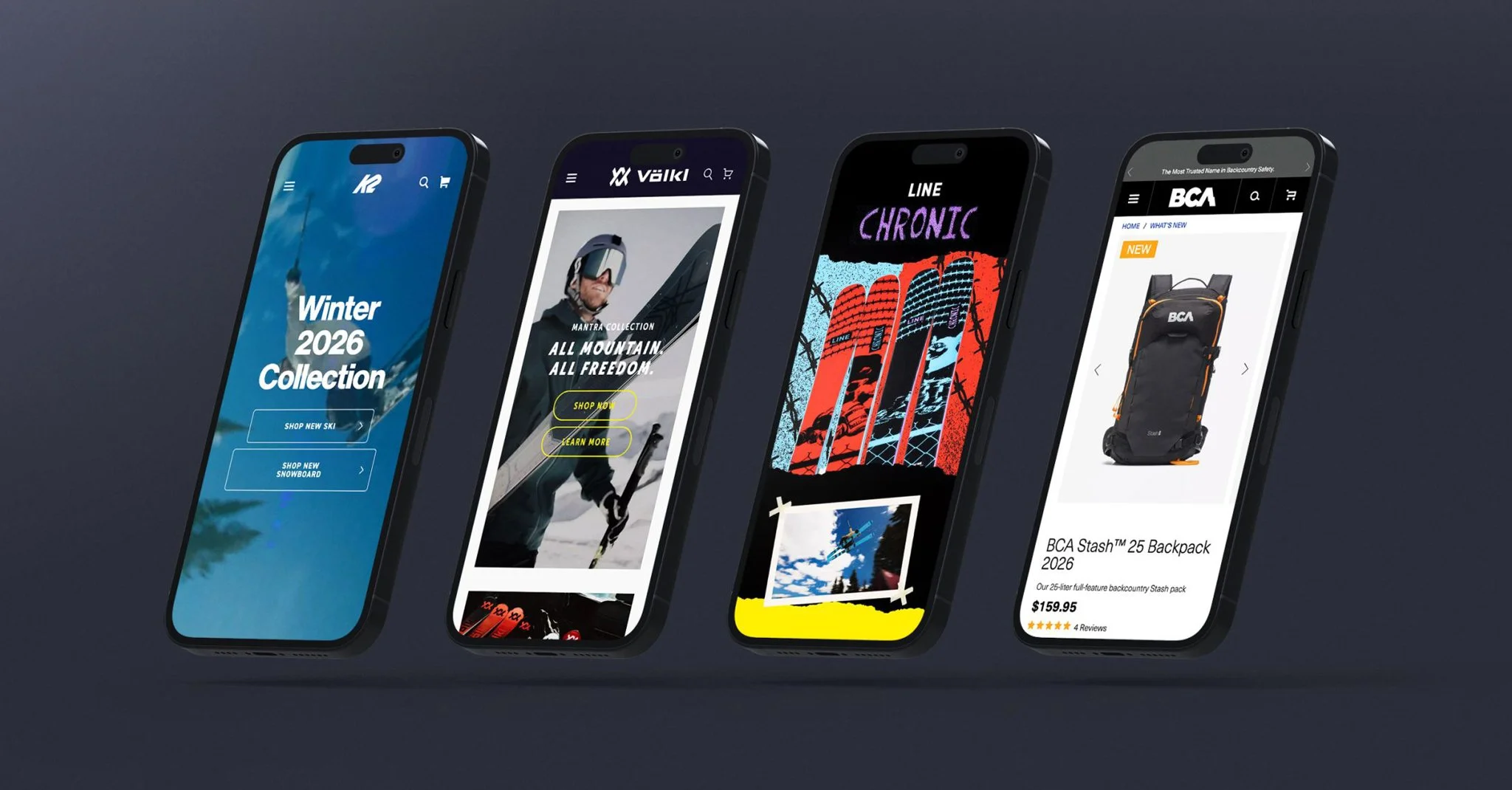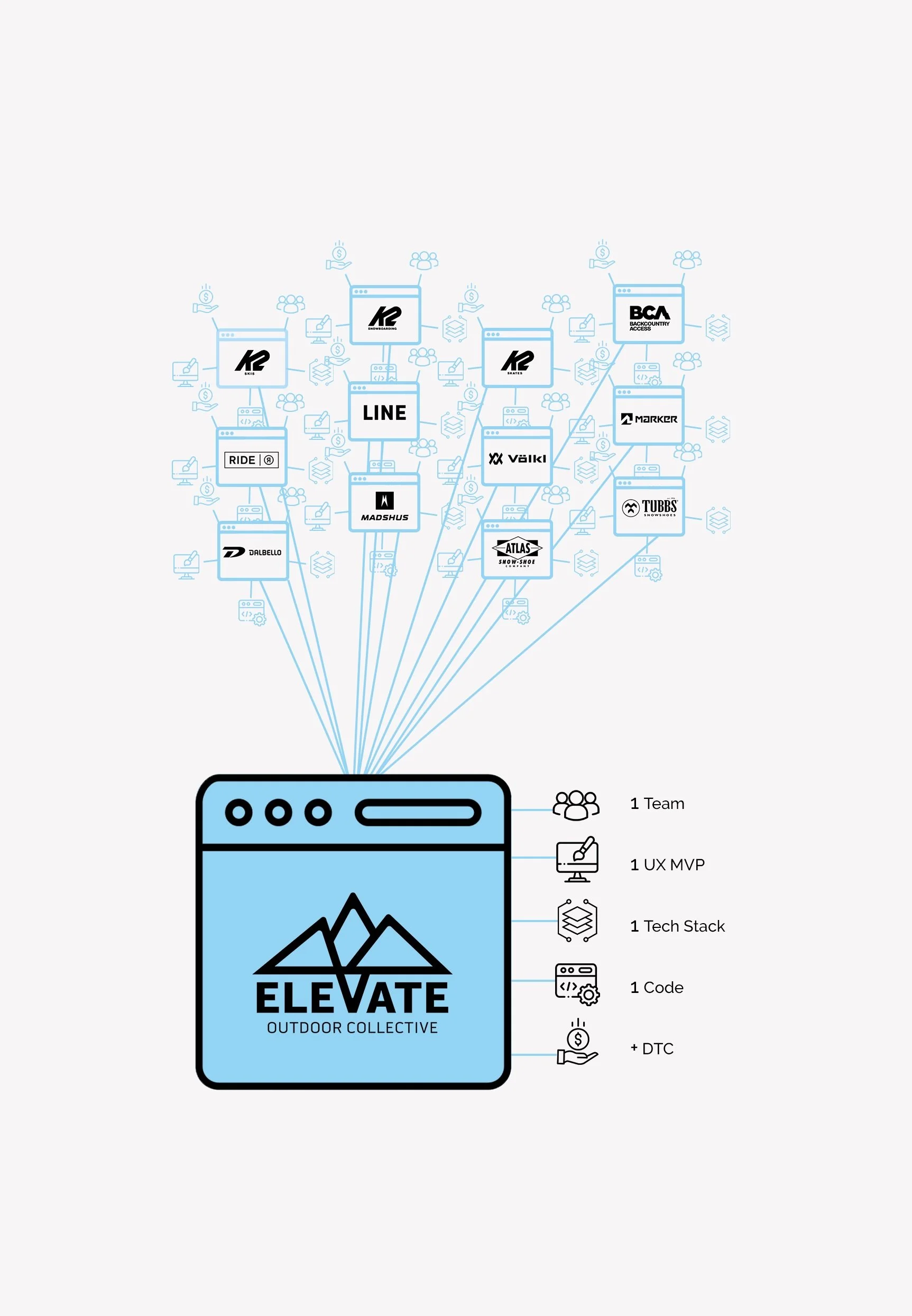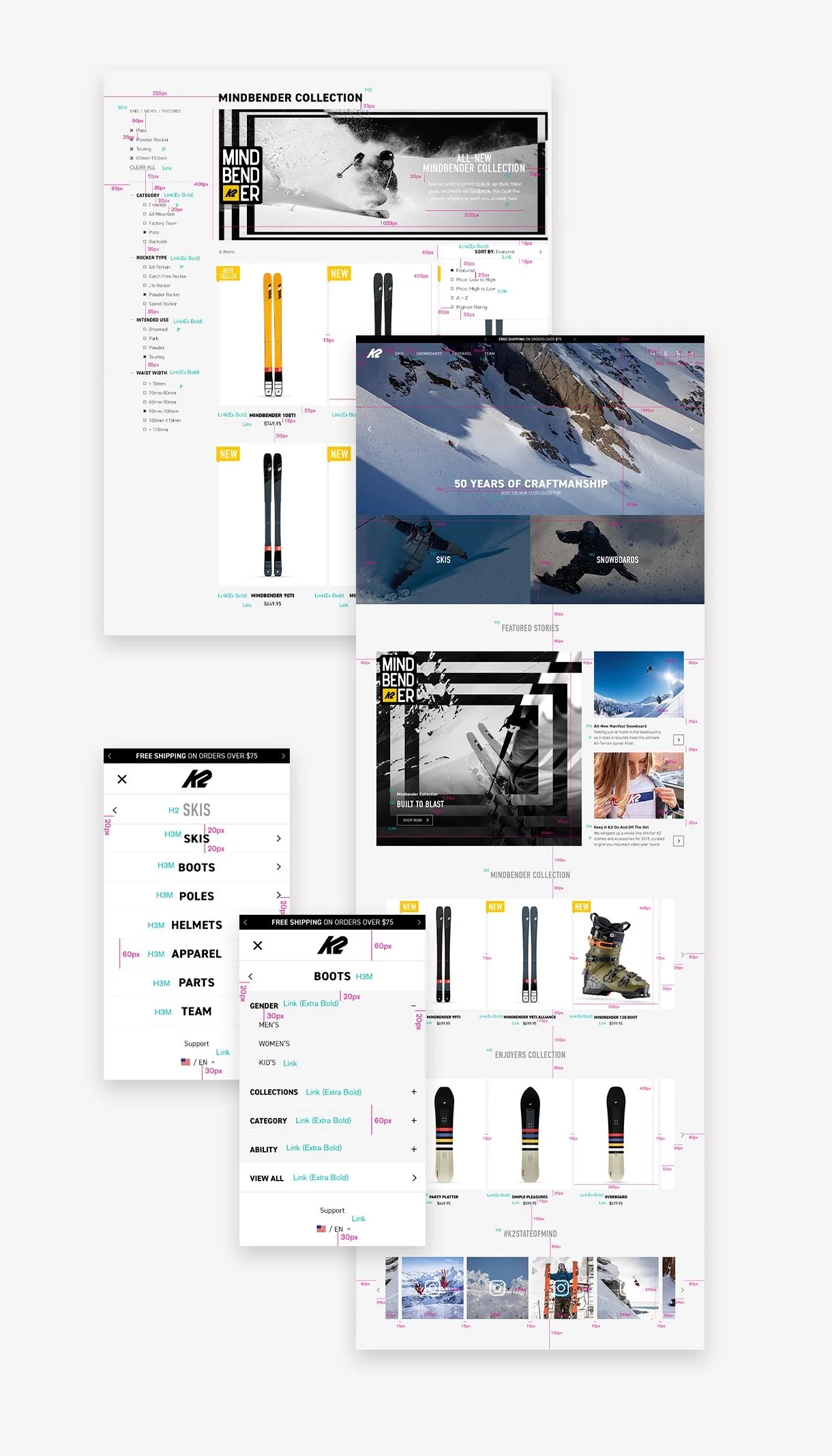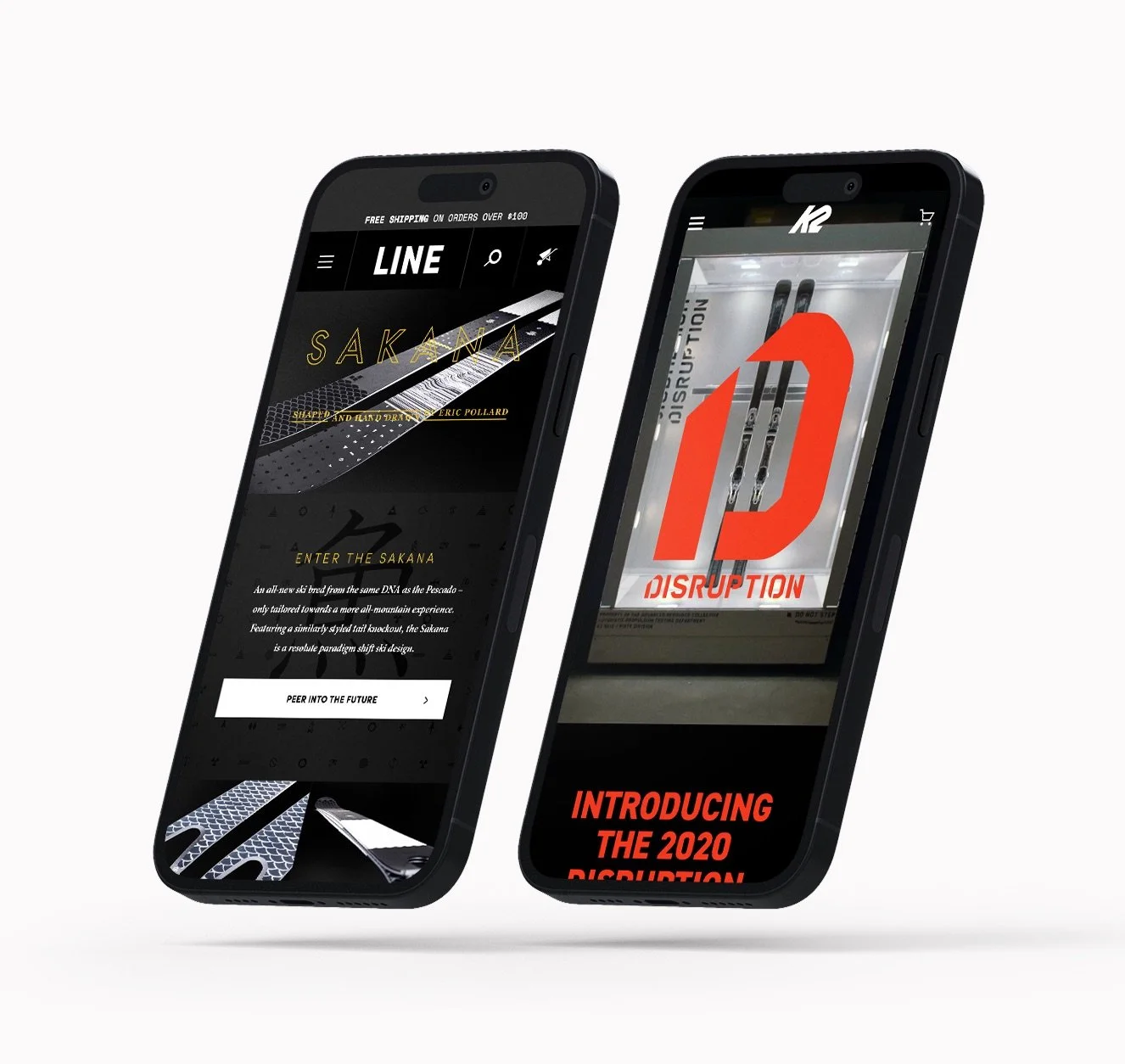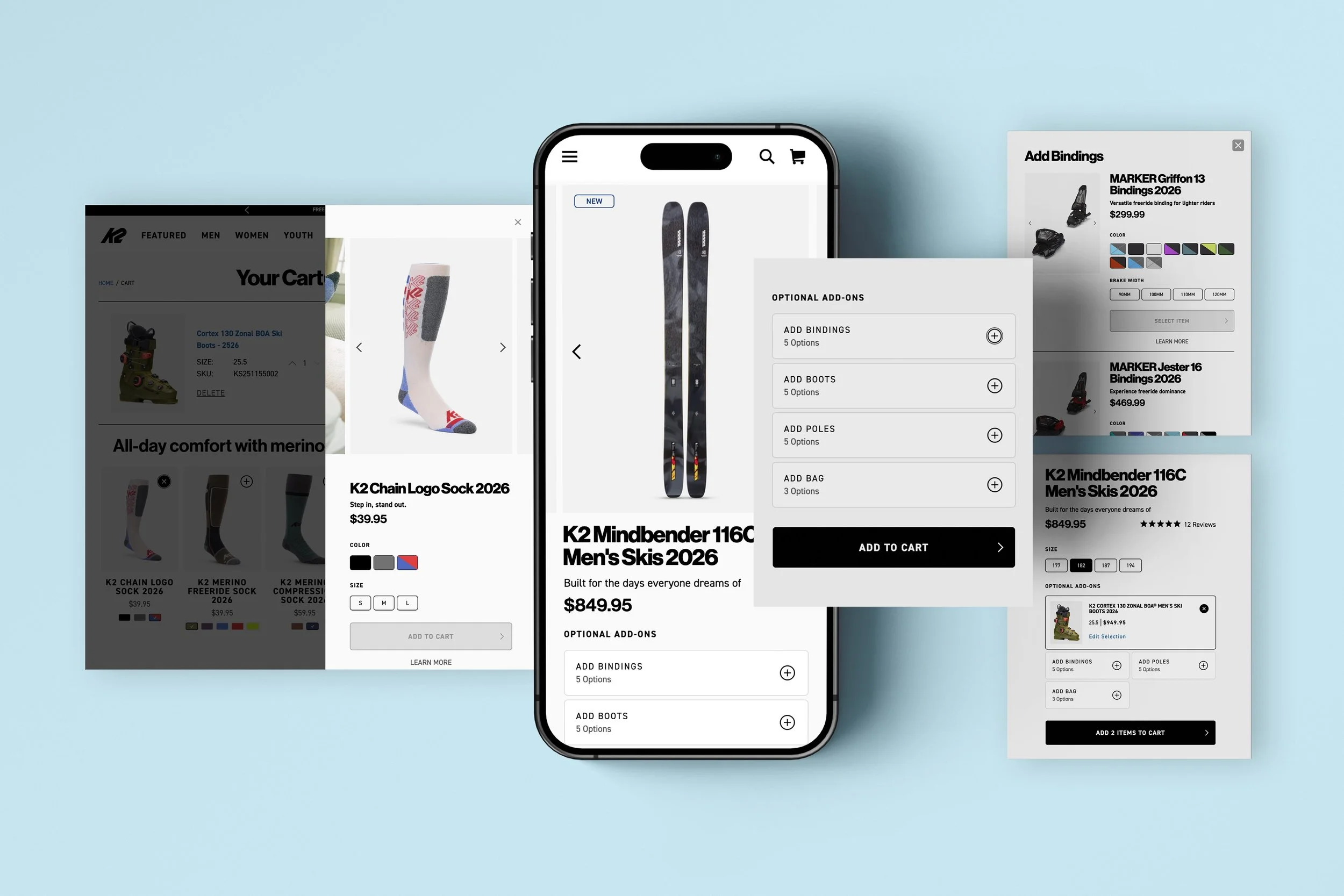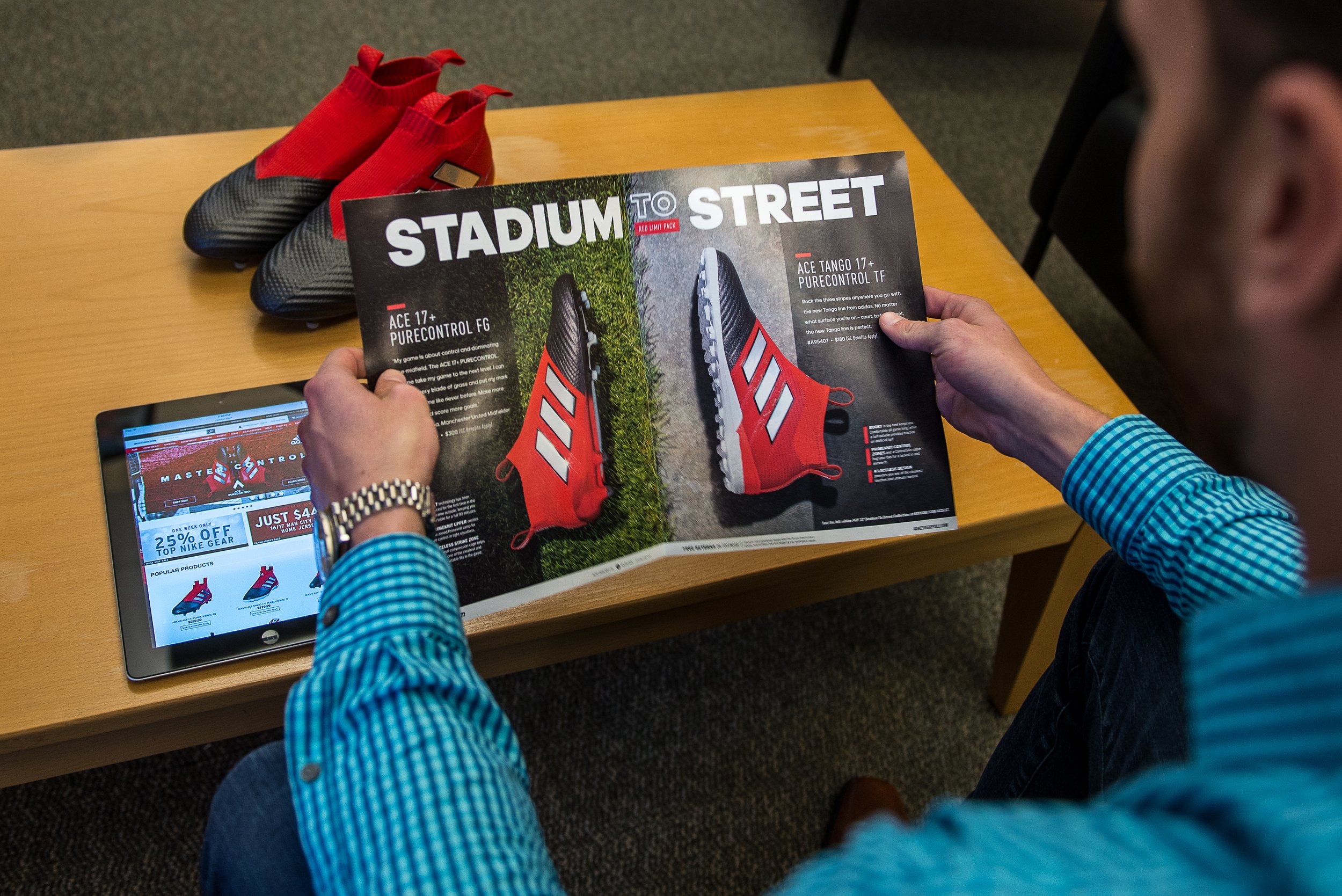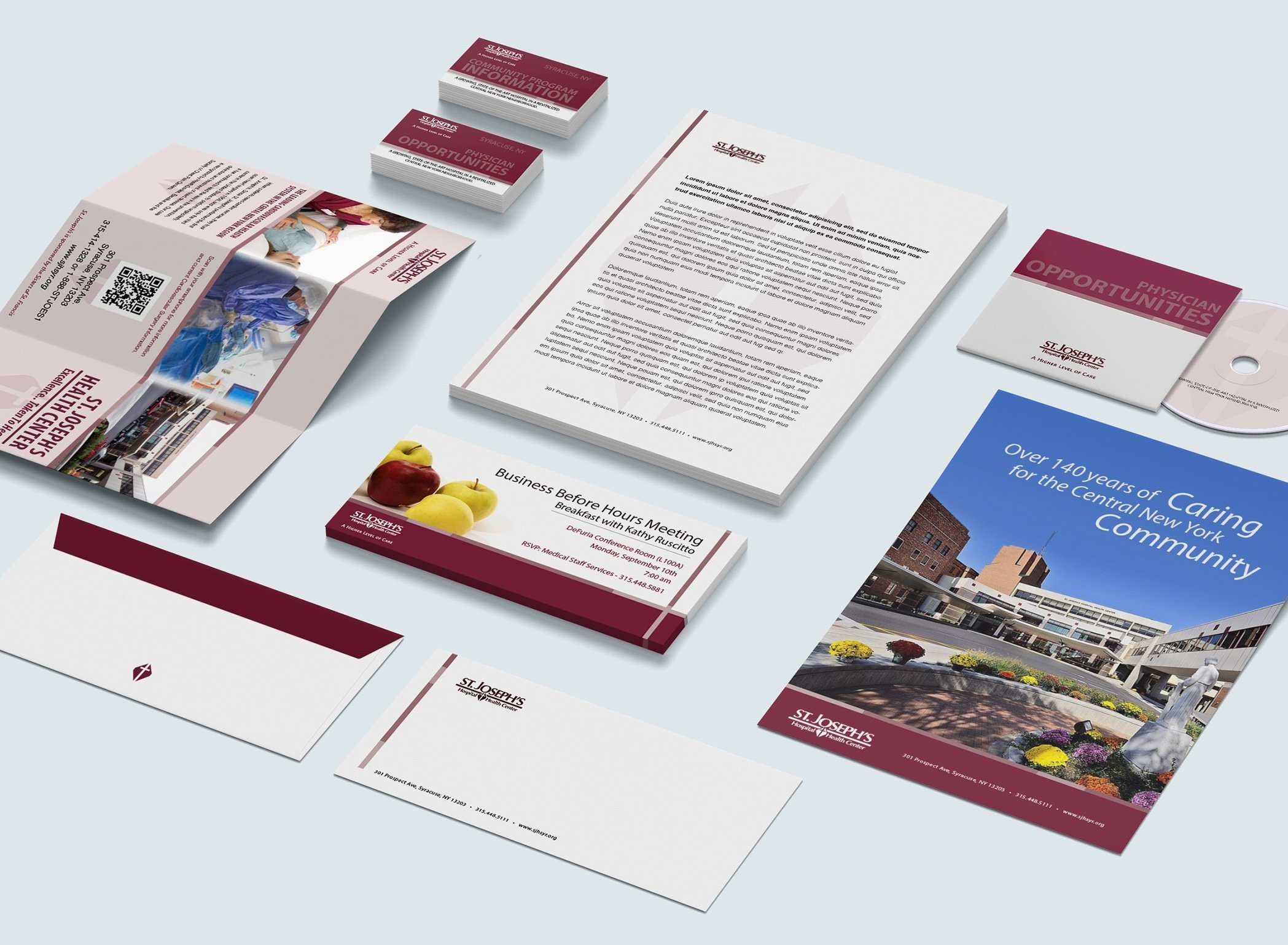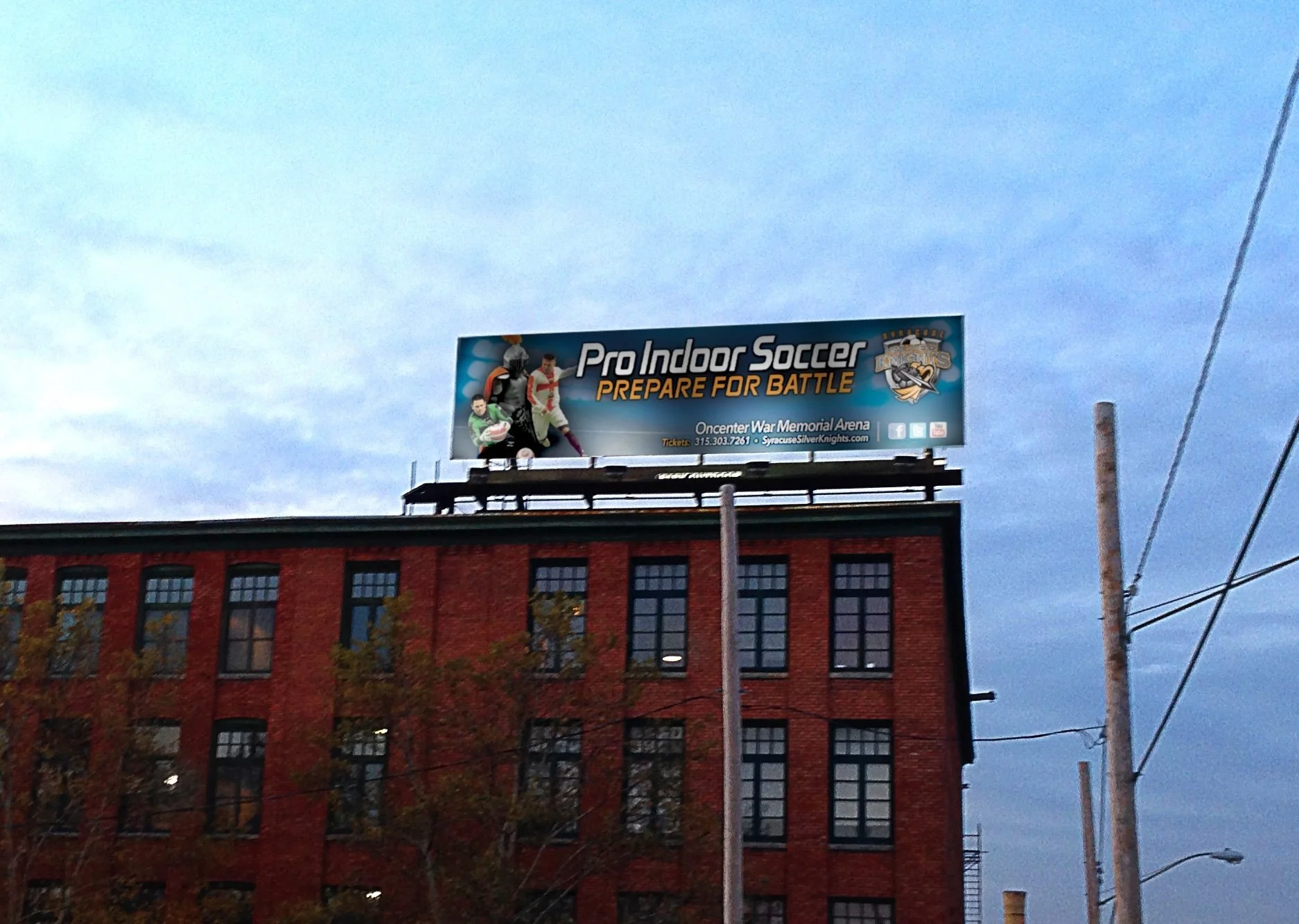UX & UI // E-Commerce // Product Design // Design Systems // Web Management // Development
UX Tranformation
UX & E-Commerce Ecosystem Transformation for 13 Outdoor Brands
I led the UX transformation of an e-commerce ecosystem for 13 outdoor brands under the Elevate Outdoor Collective umbrella, bringing their digital experiences together under one cohesive vision. My goal was to make every interaction feel effortless. Improving usability, boosting conversions, and reflecting the spirit of each brand through thoughtful, data-informed design.
Overview
Role: Web, UX & UI Design Lead
Timeline: 18 months
Team: Developers, marketing and DTC specialists.
Tools: Creative Suite, Figma, Big Commerce (Backend), ContentStack (Headless CMS), Omnichannel Retailing, Quivers, Locally, Clarity, Google Analytics.
Outcome: Transformed 13 brand websites from static product catalog websites into scalable, high-performing e-commerce experiences. Driving ~$30M in direct-to-consumer (DTC) revenue by year 5.
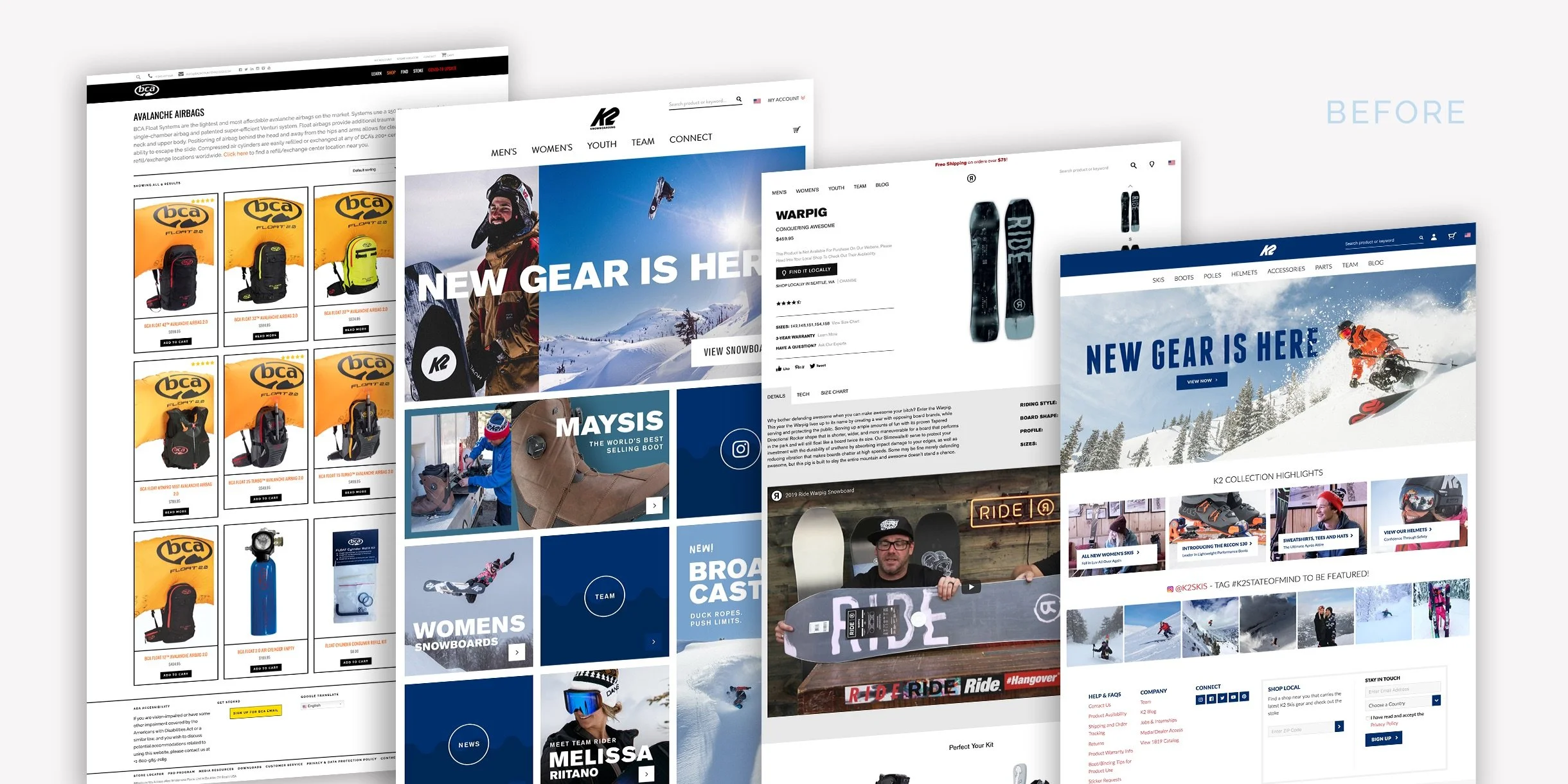
CONTEXT & PROBLEM
When I joined Elevate Outdoor Collective, the company managed 13 outdoor brands, each with its own standalone WordPress site. These sites operated mainly as blogs and product catalogs, without checkout, personalization, or a unified design system. Every update had to be hardcoded directly into the site’s source code, making even simple changes slow, inconsistent, and resource-intensive.
The Challenge:
How do you convert 13 fragmented digital experiences into one cohesive, scalable e-commerce platform while preserving the unique personality of each brand?
Goals:
Build a headless CMS architecture flexible enough for individual brand storytelling
Standardize UX patterns and backend components for scalability and efficiency
Enable global direct-to-consumer sales
Integrate email and digital marketing systems
Create a platform that supports both DTC and wholesale channels
Leverage digital technology to sell high-ticket outdoor gear in a market built on in-person, ‘try before you buy’ experiences.
Revolutionize the industry and lead the way in digital transformation.
RESEARCH & INSIGHTS
To understand the full scope, I conducted a platform and user audit across all 13 brand sites. We analyzed brand touchpoints, product journeys, and customer behavior across regions. I also dug into the product data. Not just digital assets, but details about the physical products themselves: skis, boots, airbags, snowshoes, and more. I explored who each product served, what specs customers expected from in-store experiences, and how we could translate that depth into a digital UX that could redefine the outdoor retail experience.
Key Insights:
Each brand had unique content styles and seasonal storytelling needs.
Product data, assets, and processes were inconsistent across teams and platforms.
Brands’ perceived customer profiles differed significantly from actual online shopper behavior.
Wholesale partners required store locators and integration with local inventory feeds.
Growth was expected to be rapid, demanding agility and adaptability.
Locations and regions varied mostly due to climate differences, which heavily influenced the consumer journey.
What This Meant for Design:
We needed a modular UX system. One unified backend with the flexibility to express each brand’s identity while delivering a consistent, high-performing e-commerce experience.
IDEATION & EXPLORATION
We began by mapping shared UX patterns that could scale across all brands…navigation, product grids, checkout flow…while defining brand-specific content modules for storytelling, such as hero banners, collection pages, product pages, blogs, etc.
I helped lead workshops with brand managers and the web team to define:
A shareable component library and site map/page structure usable across all 13 brands
An MVP design that integrated and automated most content migration from the old platform, avoiding a complete restart
Staging and development environments where edits could be made without affecting live sites
A content model within the headless CMS for dynamic updates
Team timelines aligned with seasonal business cycles and resource availability
User flows covering DTC purchases, local pickup, and retail redirection
This foundation enabled each brand to maintain its unique identity while operating within a cohesive, unified system.
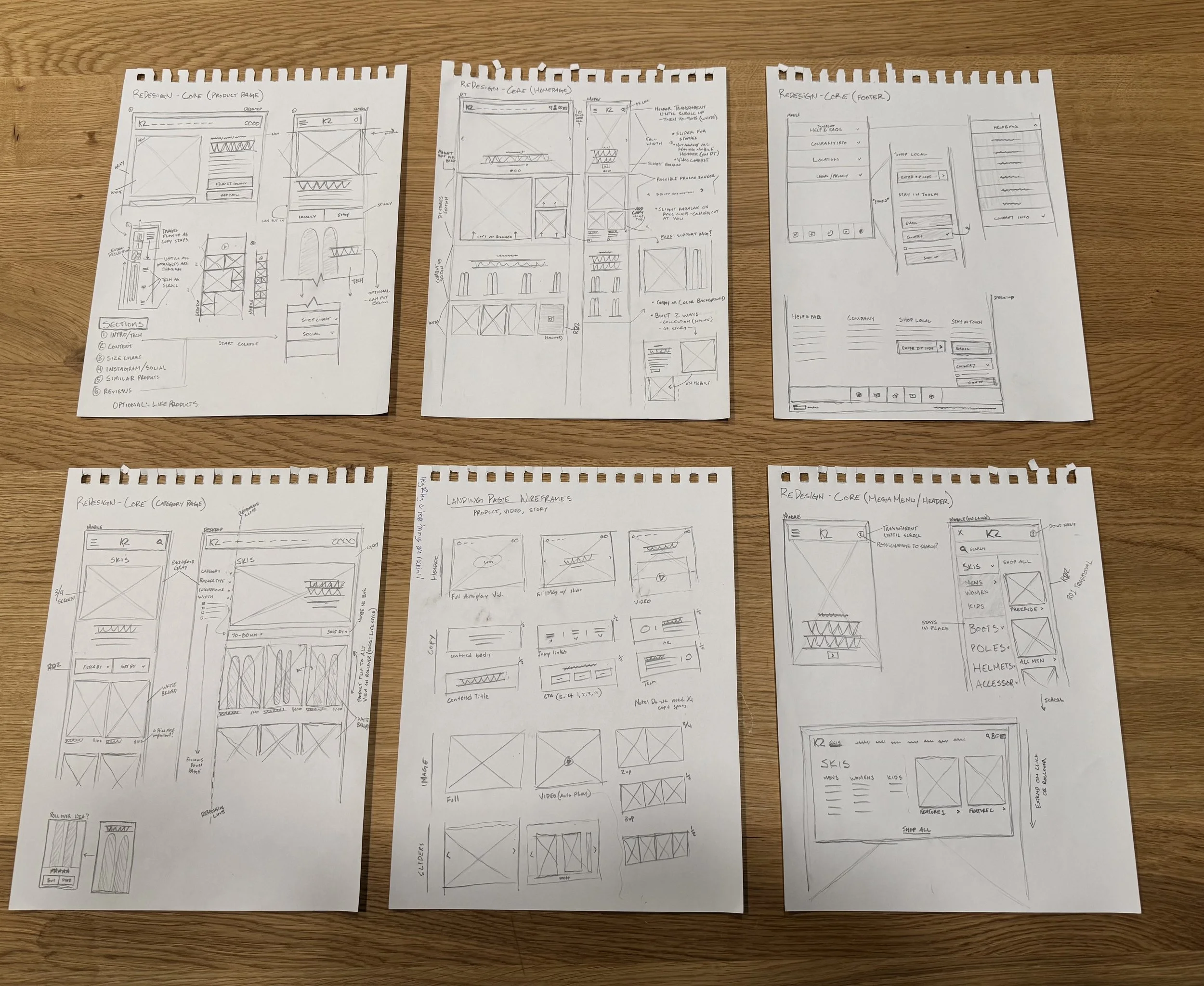
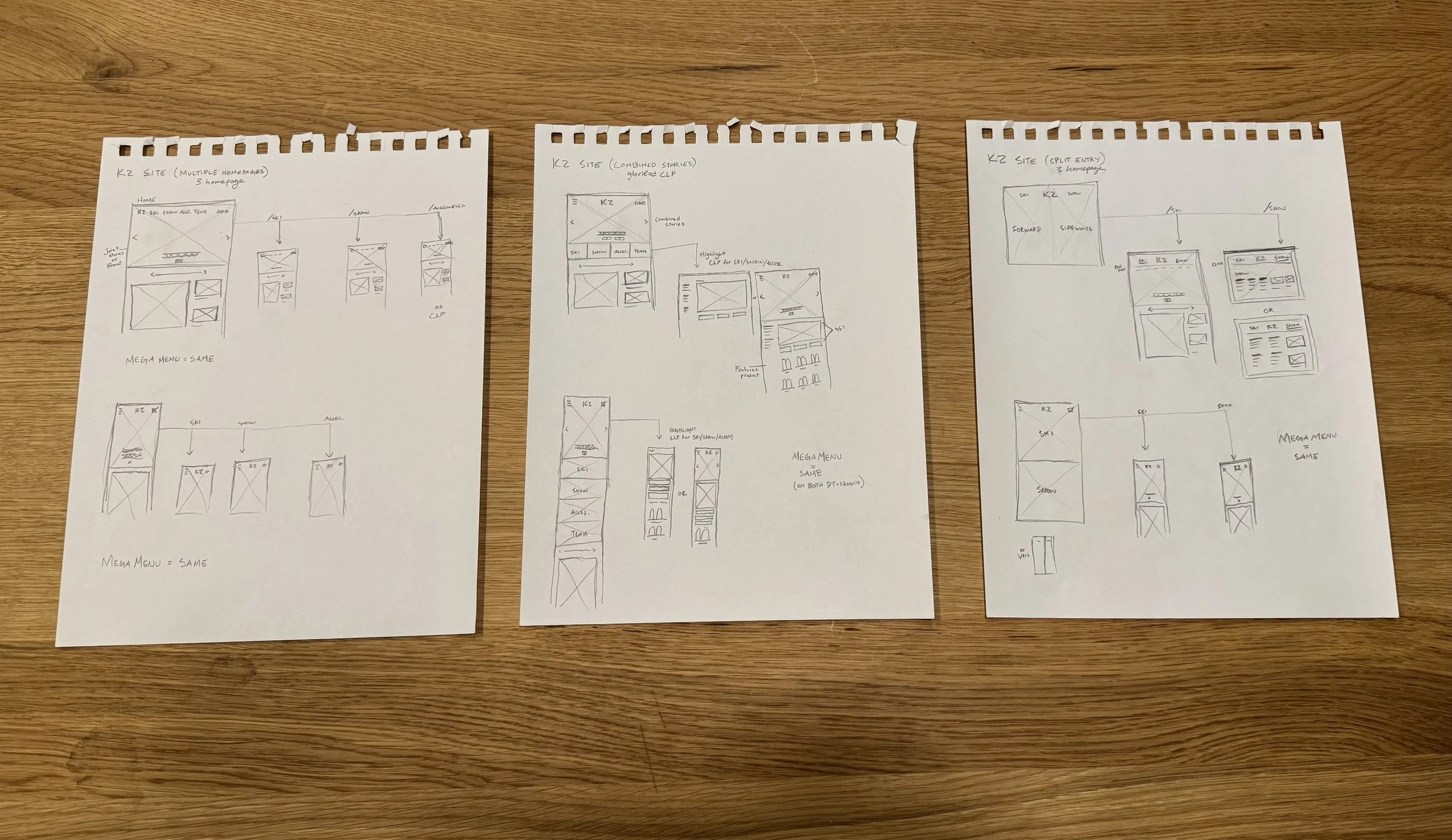

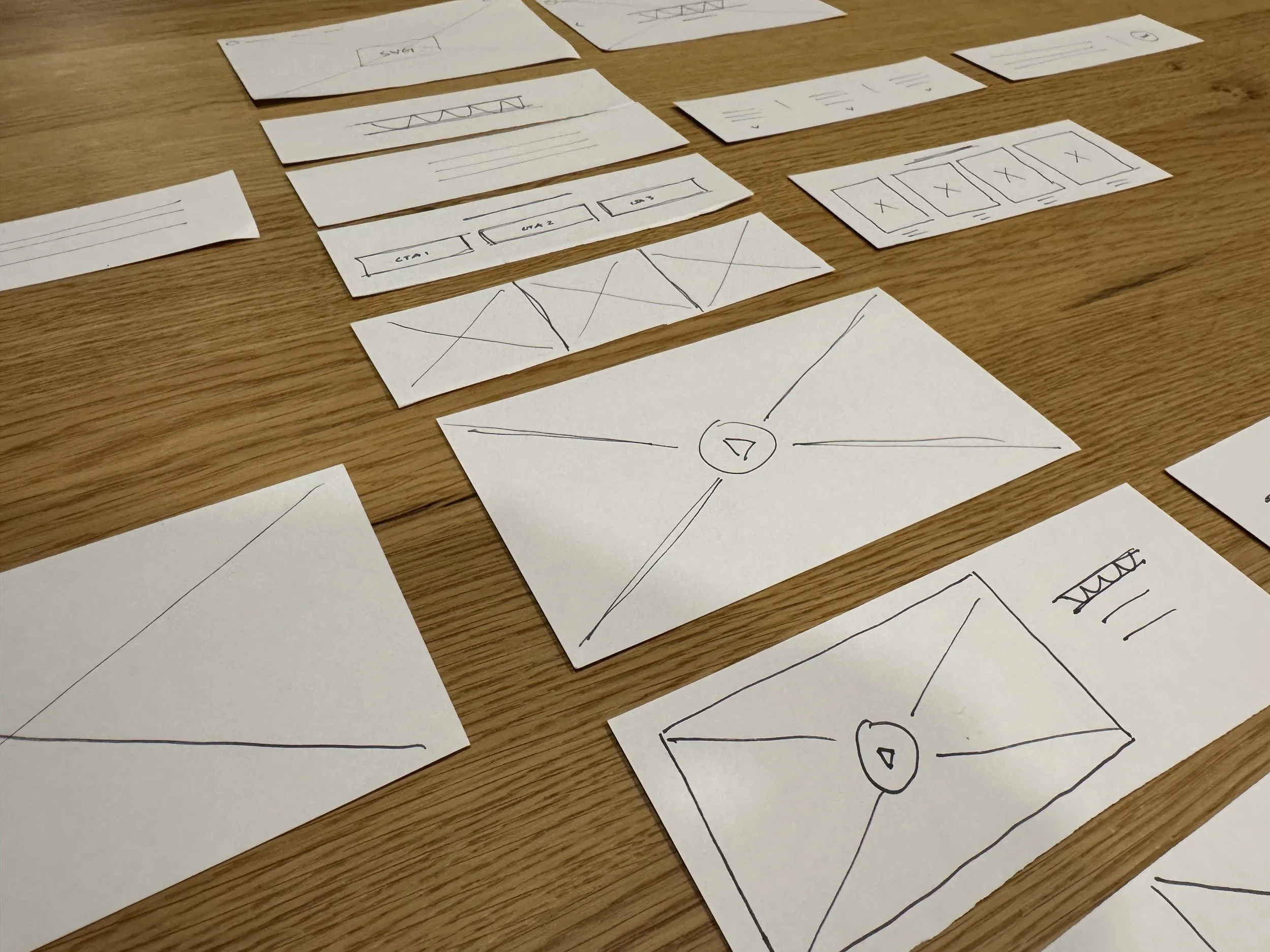
DESIGN & ITERATION
As the design system evolved, we validated with internal teams and external beta testers across markets.
Key Iterations:
Simplified navigation to work across both ski, snowboard, and outdoor brands
Developed flexible “story modules” that marketing teams could update without dev help
Optimized product detail pages for faster performance on mobile
Integrated localized inventory feeds for “Buy Local” and “Pick Up Today” CTAs
Each iteration was tested for usability, accessibility, and brand consistency before scaling to all brands.
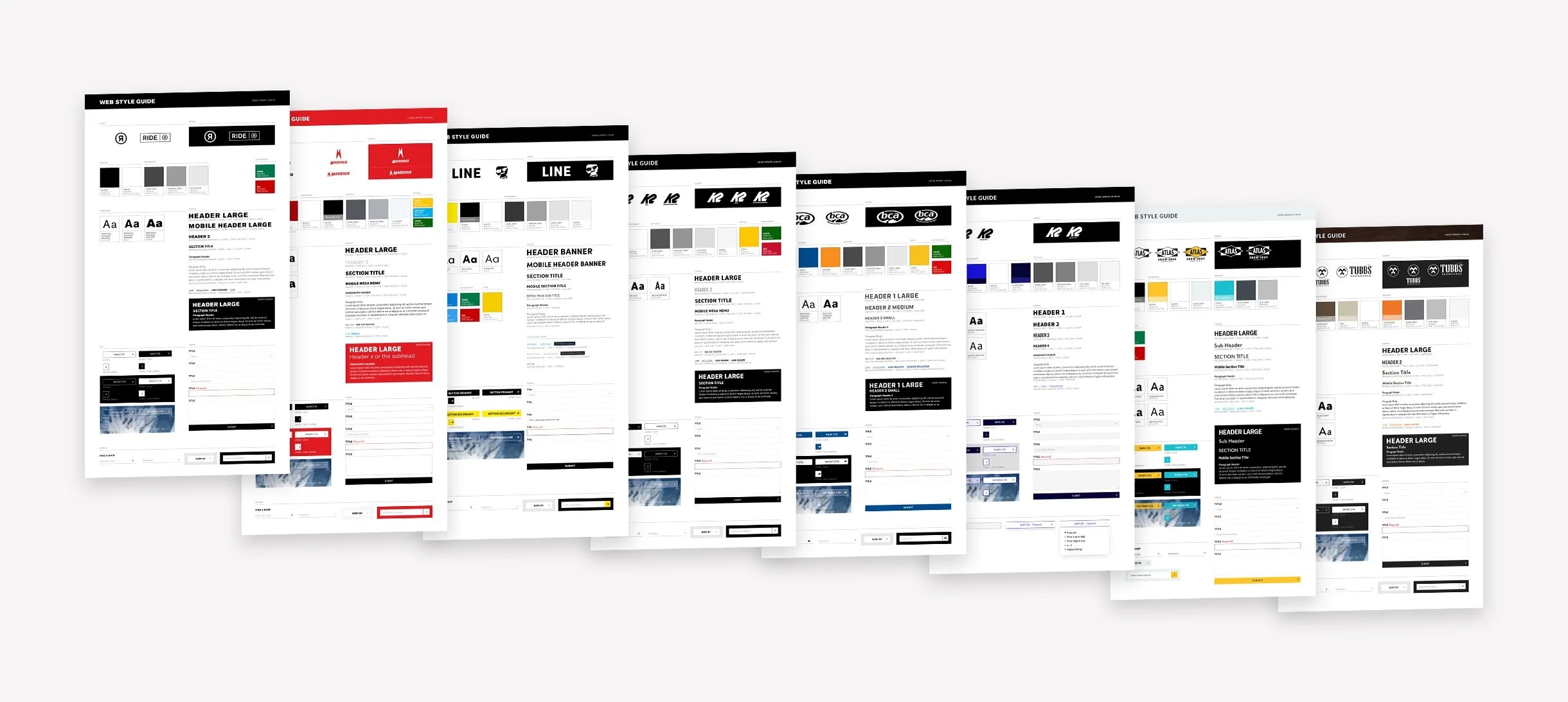
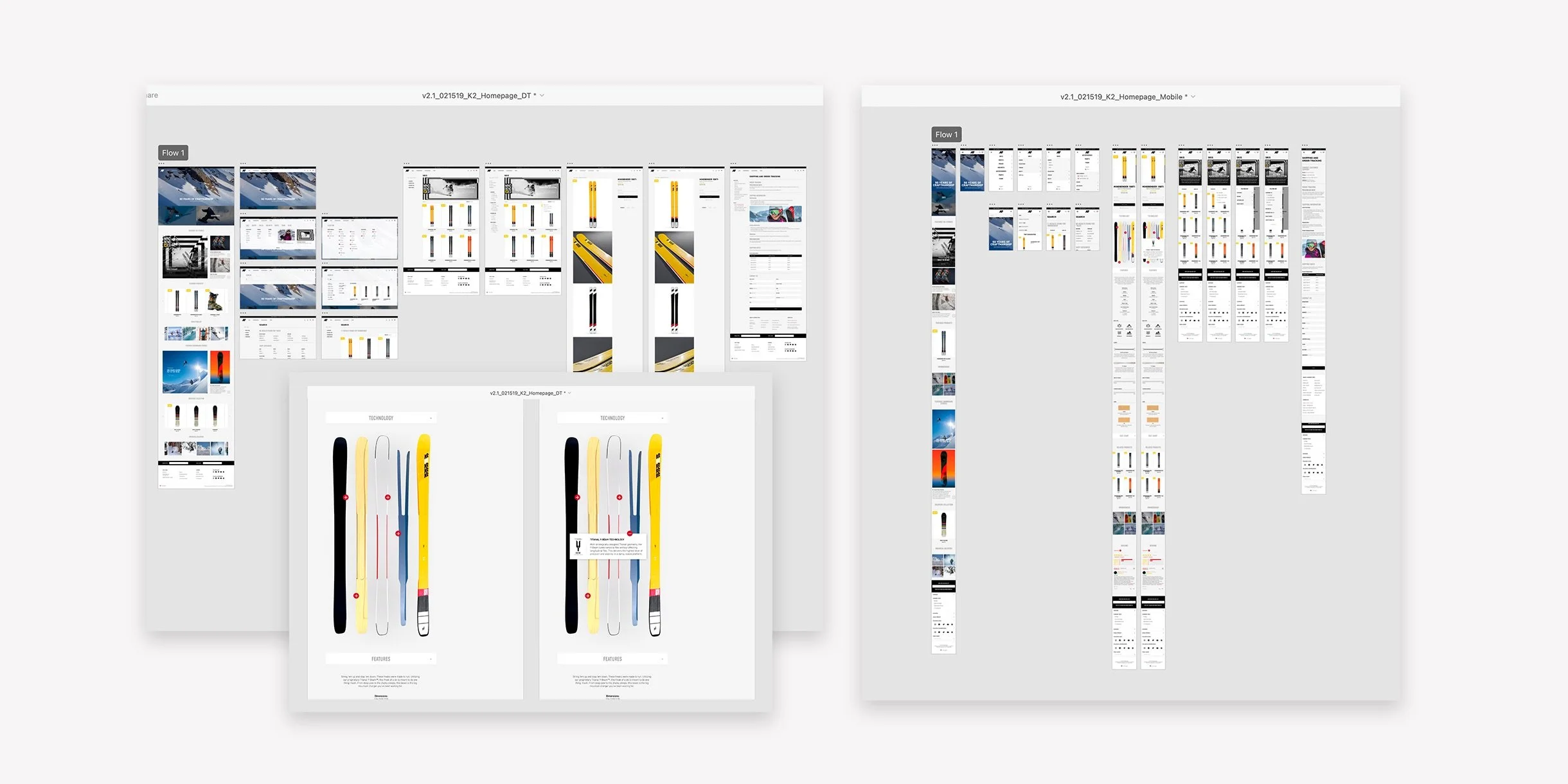
FINAL SOLUTION
The final product was a headless e-commerce platform that powers 13 distinct brand experiences under one architecture.
Highlights:
Unified UX system adaptable to different brand identities
Scalable CMS allowing seasonal campaigns and content swaps instantly
Integrated global checkout and multi-currency support
Retail integration tools directing users to nearby shops with live inventory
The result was a seamless blend of brand storytelling and commerce, turning what were once static sites into high-performing digital storefronts.

Check them out live
Click the logos below to see the live sites
IMPACT & LEARNINGS
Impact:
DTC revenue grew from $0 to nearly $30M annually, and continues to rise
13 brands now share a single, scalable CMS and unified design system
Design and marketing teams can launch new seasonal stories in hours instead of months, vastly improving operational efficiency and consumer reach
The platform supports both DTC and wholesale growth
What I Learned:
Scalable systems only succeed when built with brand flexibility at their core
Early collaboration between design, development, and marketing accelerates adoption and impact
Consistency doesn't mean uniformity; it's about empowering teams to tell stories efficiently
Change is scary-especially in industries resistant to it-but value is earned through results, not assumed
Next Steps:
Plans include expanding localization, personalizing product recommendations, and integrating richer post-purchase experiences to deepen customer engagement.

